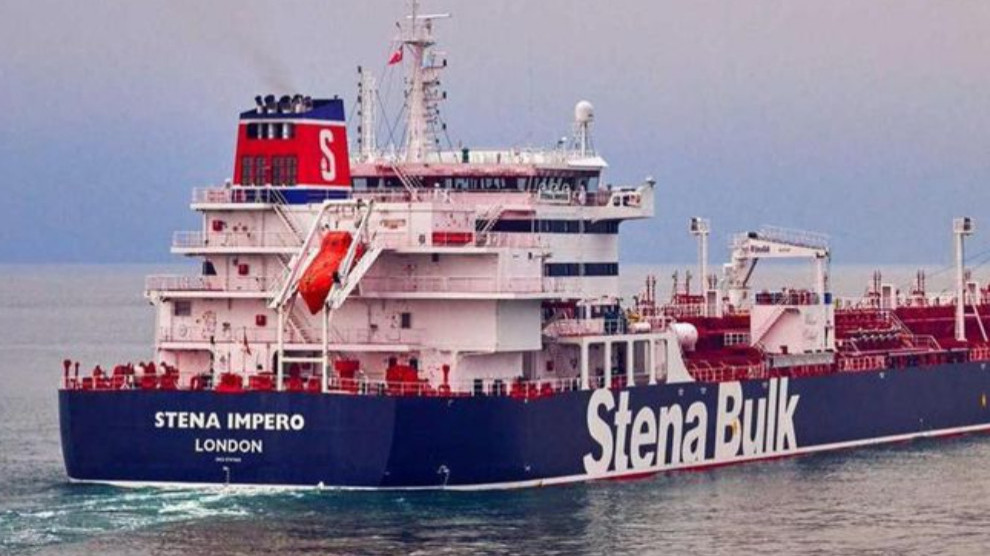Tension mounting in the Persian Gulf
The spiral of tension in the Persian Gulf continues to rise.
The spiral of tension in the Persian Gulf continues to rise.

To the statement, on 18 July, of President Trump, saying that the US navy had shot down a drone flying near the ship USS Boxen in the Strait of Ormuz, was immediately followed by the news of the capture of two ships by Iran, in those same waters.
One of the boats, of Liberian flag, was later released, while the second, a British-flagged tanker, which transported 30,000 tons of oil to the Saudi port of Jubail, continues to be held under the accusation of having hit a fishing boat and not have responded to the distress calls, and therefore is being accused by Tehran of "not respecting international maritime law".
The alleged downing of the Iranian drone, has been denied by the authorities of the Persian country, and it was impossible to confirm by independent sources.
Iranian Armed Forces spokesman Genral Abdolfazi Shekarchi said: "All unmanned aircraft sent to the Persian Gulf and the Strait of Hormuz, including the one mentioned by the American president, have returned to their base." He added that perhaps the US should verify if the downed drone was not theirs.
The capture of the British tanker, Stena Imperio, and its 23 crew members, on the contrary, has been confirmed by both British and American authorities.
The British Foreign Minister, John Hunt, described the event as "unacceptable", although it seems a reaction equivalent to the seizing, at the request of the US, a week ago of the tanker Grace 1, in front of Gibraltar, which allegedly transported Iranian crude to to Syria
The US President took advantage of the capture of the ships to claim that Iran means "problems, nothing but problems", however he was cold and calculating when he commented that: "It is a British ship, not an American one".
The tensions in the Persian Gulf, where a fifth of the world's oil transits, have dramatically increased since the US abandoned the nuclear agreement with Iran in May 2018.